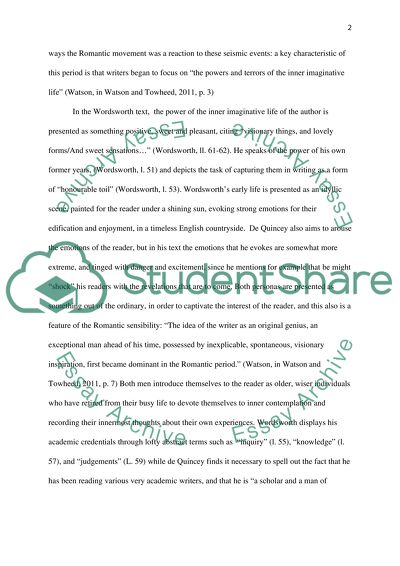Cite this document
(“Reading and Studying Literature - Compare and Contrast Essay”, n.d.)
Retrieved from https://studentshare.org/english/1441299-reading-and-studying-literature-compare-and
Retrieved from https://studentshare.org/english/1441299-reading-and-studying-literature-compare-and
(Reading and Studying Literature - Compare and Contrast Essay)
https://studentshare.org/english/1441299-reading-and-studying-literature-compare-and.
https://studentshare.org/english/1441299-reading-and-studying-literature-compare-and.
“Reading and Studying Literature - Compare and Contrast Essay”, n.d. https://studentshare.org/english/1441299-reading-and-studying-literature-compare-and.


